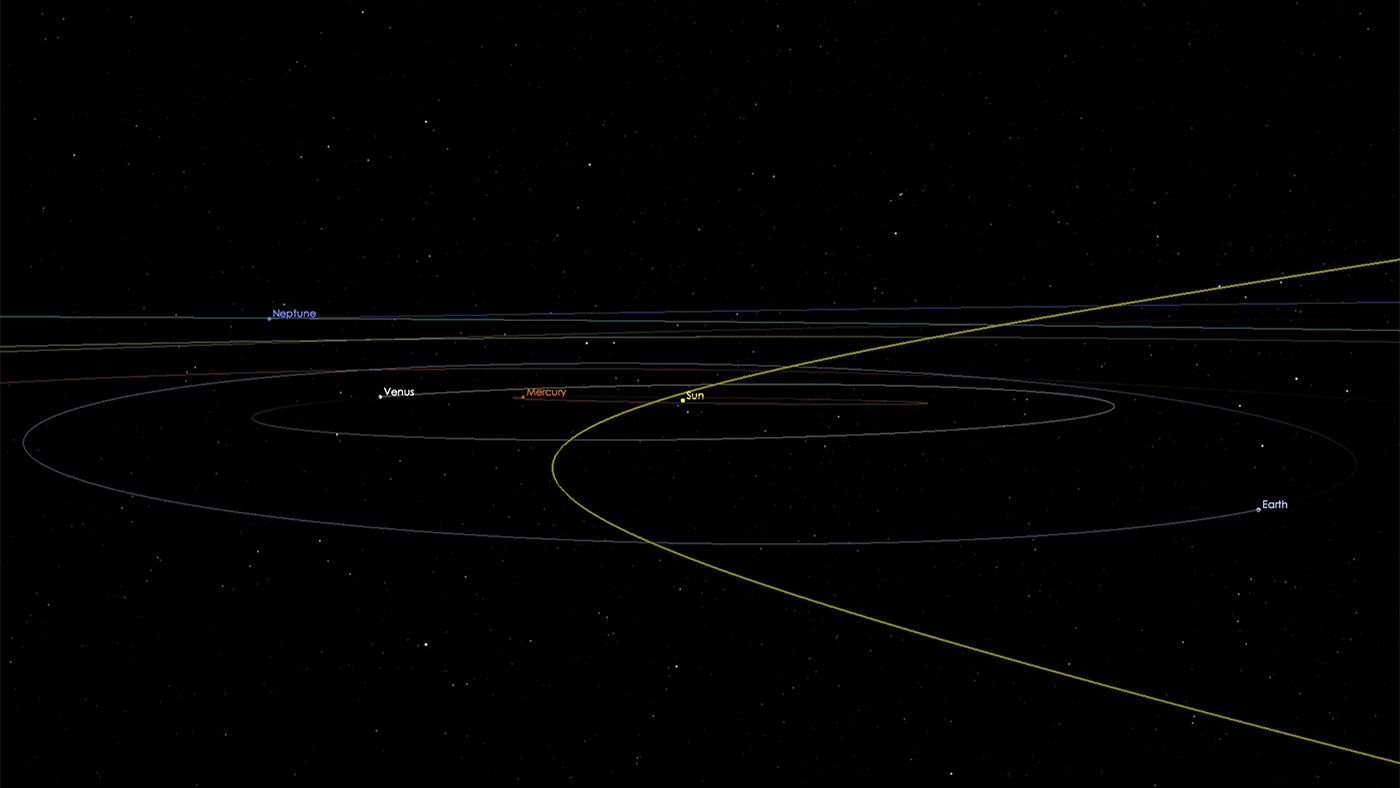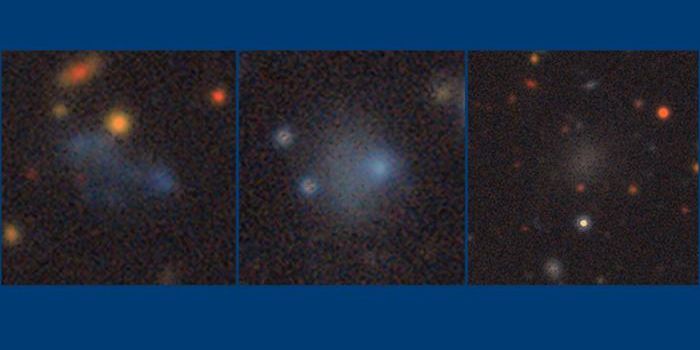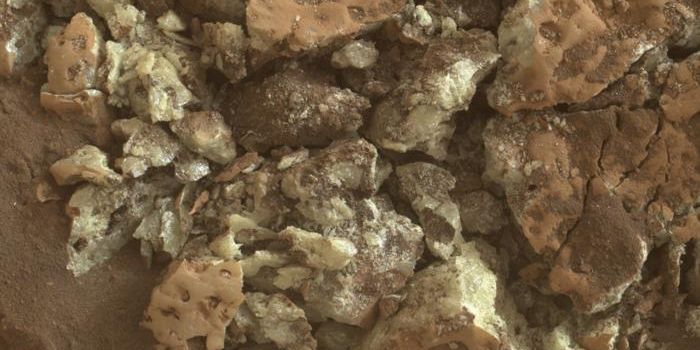Another Asteroid Scheduled to Pass Closely to Earth
The Earth is no stranger to close calls with asteroids, and one of NASA’s most recent public statements highlights how our planet will soon experience yet another close encounter.
Citing the statement, we can expect an asteroid dubbed 2002 AJ129 to fly within approximately 2.6 million miles of the Earth on February 4th. To put that into perspective, that’s around ten times the distance between the Earth and the Moon at any given time.
Image Credit: NASA/JPL-Caltech
Although it seems somewhat far away at first glance, 2.6 million miles is insignificant in astronomical terms. Furthermore, there’s always room for error and 2002 AJ129 could pass our planet slightly closer or further than initially estimated.
The following video animation, released by NASA, shows how the event should pan out:
Related: Concerning asteroid collision, size does matter
As you may have discerned from the asteroid's name already, astronomers first discovered 2002 AJ129 in 2002. The space rock measures about 0.75 miles across and fits into the category of “intermediate-sized” near-Earth asteroids.
Although some people get nervous at the thought of asteroids flying this closely to Earth, fear not. Astronomers have tracked this particular asteroid for more than a decade, and they say there’s no chance of a collision.
"We have been tracking this asteroid for over 14 years and know its orbit very accurately," said Paul Chodas, manager of NASA's Center for Near-Earth Object Studies at the Jet Propulsion Laboratory, Pasadena, California. "Our calculations indicate that asteroid 2002 AJ129 has no chance - zero - of colliding with Earth on Feb. 4 or anytime over the next 100 years."
Related: FEMA and NASA team up to plan for asteroid emergencies
Astronomers will undoubtedly take advantage of the close fly-by event to study 2002 AJ129’s characteristics with both radar and ground-based telescopes. These observations should yield additional insight about the asteroid’s physical features and help experts fine-tune projected trajectories, among other things.
Source: NASA









